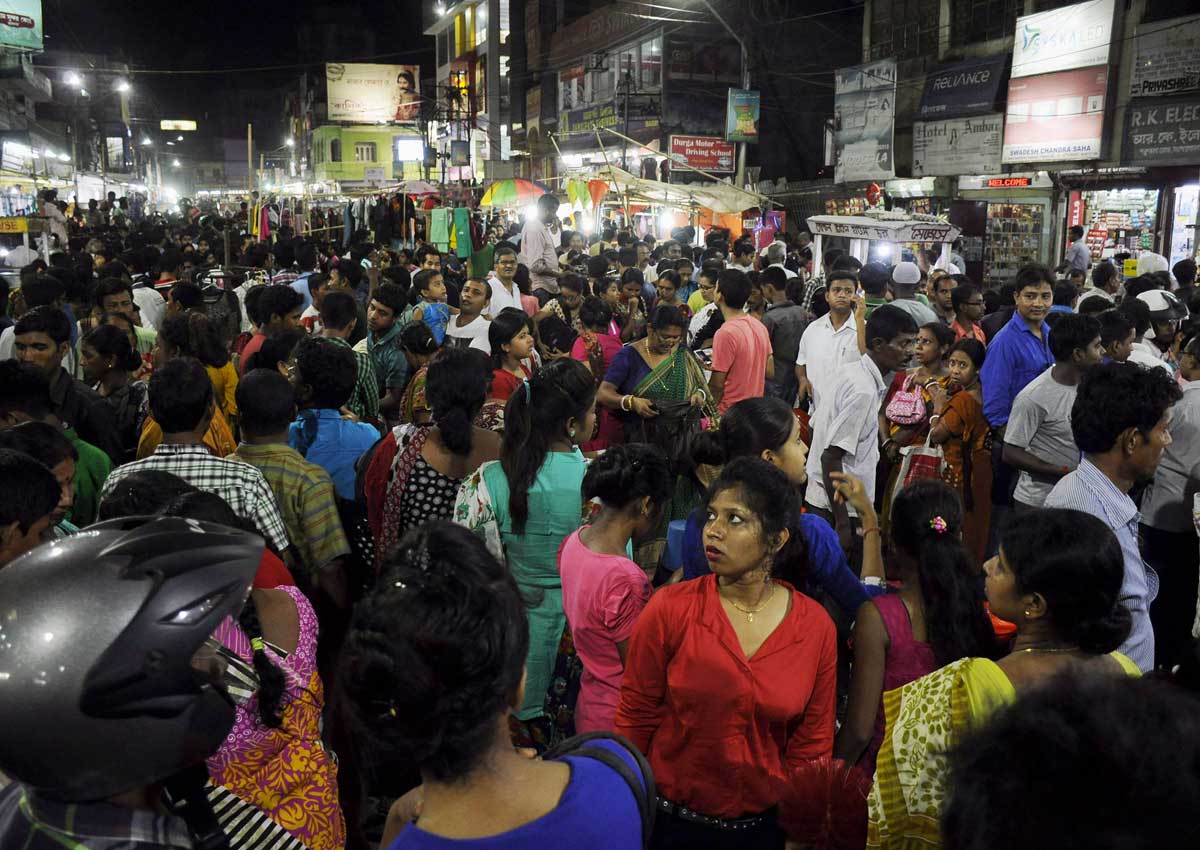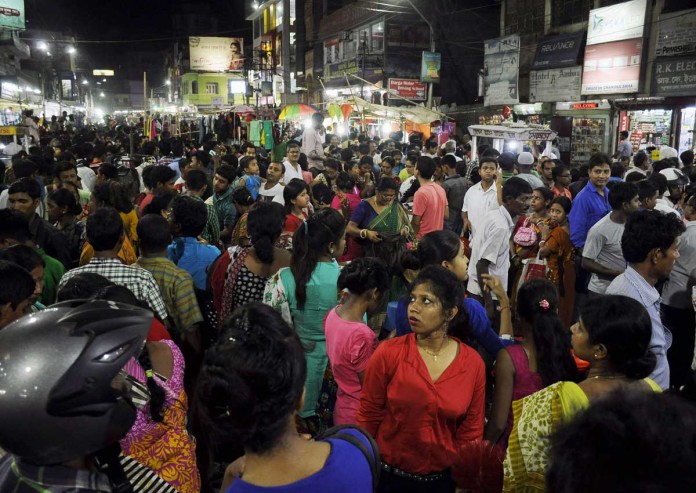YANGON – A magnitude 6.9 earthquake struck Myanmar on Wednesday, causing tremors around the region, including in neighbouring Bangladesh where scores were reported injured in stampedes and buildings were damaged.
The quake, which took place at a depth of 134 kilometres (83 miles), hit some 400 kilometres northwest of Myanmar’s capital Naypyidaw, according to the US Geological Survey (USGS), and was also felt in parts of India and China.
There were no immediate reports of casualties, although the region where the earthquake hit has poor communications infrastructure like many of Myanmar’s outlying provinces.
A lawmaker from the Sagaing region, some 100 kilometres from the epicentre, told AFP she felt rough tremors that lasted for several minutes.
“There may be some destruction and damage. But it’s difficult to know the (extent) of destruction at nighttime,” Cho Cho Win said, adding that the town does not have many high-rise buildings.
Tin Nyo, 67, from another township in Sagaing, said the earthquake was the strongest she had ever felt.
“Although it happened over a short period, it was really rough,” she said.
Some in Yangon – Myanmar’s former capital and biggest city – who also reported feeling tremors fled their multi-story apartment buildings in fear.
The quake was also strongly felt across Bangladesh, which shares a border with Myanmar.
More than 80 people in the country were injured, mostly in stampedes as panicked residents fled their homes and offices, Channel 24 reported.
In the port city of Chittagong, some 200 kilometres from the Myanmar border, at least four buildings stood on a slant following the quake.
“Around 50 people were injured in the Chittagong city, including 24 who were admitted to hospital with minor injuries. They were mostly injured in stampedes,” the city’s police constable Imran Hossain told AFP.
Traffic ground to a halt in parts of the capital Dhaka as tens of thousands of alarmed residents rushed into the streets.
In neighbouring India, tremors were felt in the northeastern cities of Kolkata, Shillong, Guwahati and Patnam.
In Kolkata, one of India’s largest cities, startled residents ran from their houses after the trembling.
“I was inside, working and then suddenly I felt the ground shaking,” local resident Chiranjeet Ghosh told television news channels.
“People started yelling ‘Something is happening, let’s get out!’ and we immediately rushed out.” “I came out and saw that everyone else around here had already evacuated their homes and poured onto the streets.” Residents in Kolkata reported seeing cracks appearing in buildings following the quake, and the city’s metro was suspended for a few minutes.
Strong tremors were also felt in Tibet, with some residents of Lhasa out on the streets, Chinese official news agency Xinhua said.
Earthquakes are relatively common in Myanmar, where six strong quakes of 7.0 magnitude or more struck between 1930 and 1956 near the Sagaing Fault, which runs north to south through the centre of the country, according to the USGS.
Myanmar has not seen a major quake since November 2012, when a powerful 6.8 magnitude earthquake struck the centre of the country, killing 26 people and injuring hundreds.
The impoverished Southeast Asian nation, which is emerging from decades of military rule, has a strained medical system, especially in its rural states.
The breakneck pace of development in Myanmar’s cities, combined with crumbling infrastructure and poor urban planning, has also made the country’s most populous areas vulnerable to earthquakes and other disasters, experts say.
In 2015, severe flooding swept across swaths of Myanmar, including the region where Wednesday’s earthquake hit, leaving more than 100 people dead and affecting thousands as rescuers struggled to reach isolated regions.






